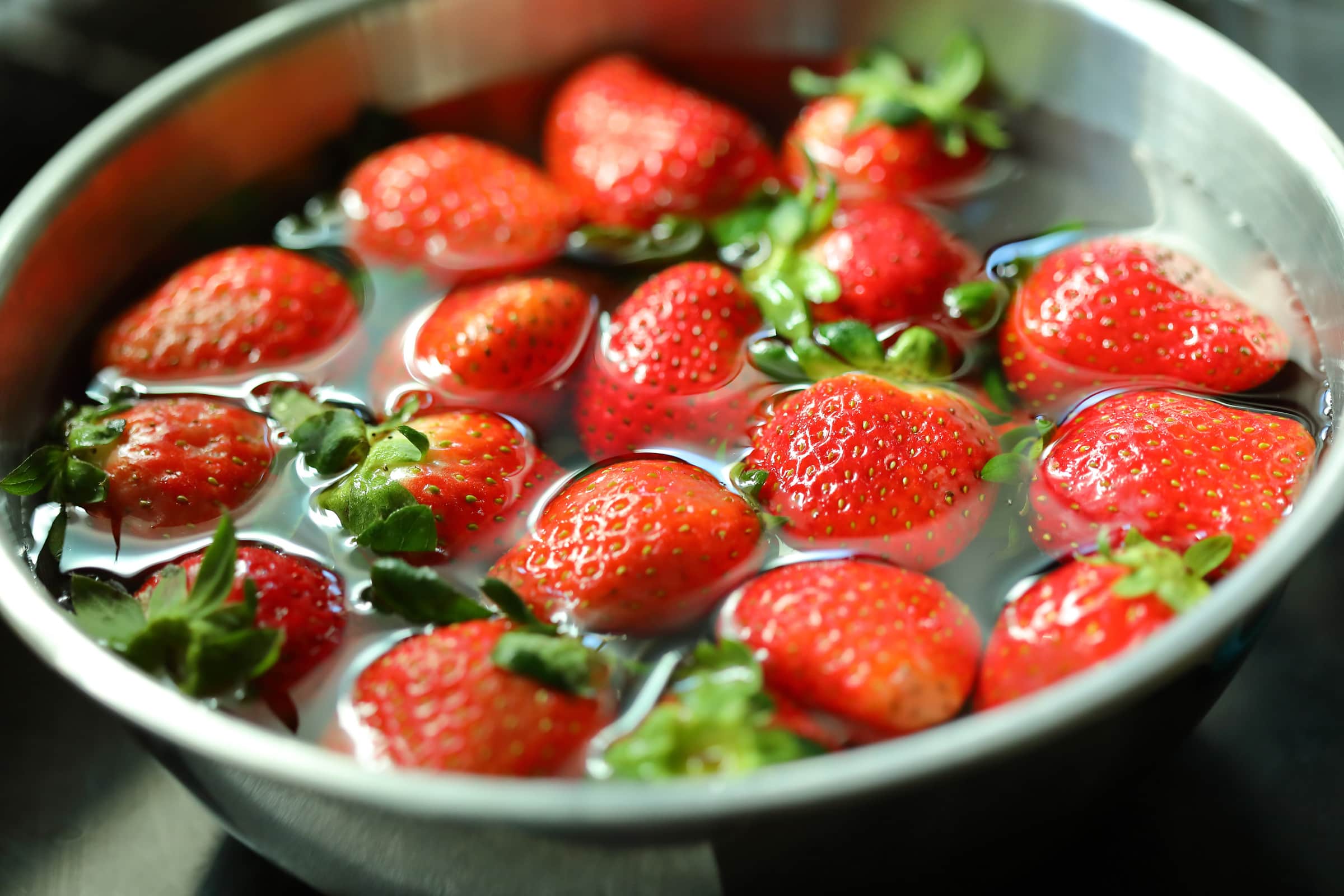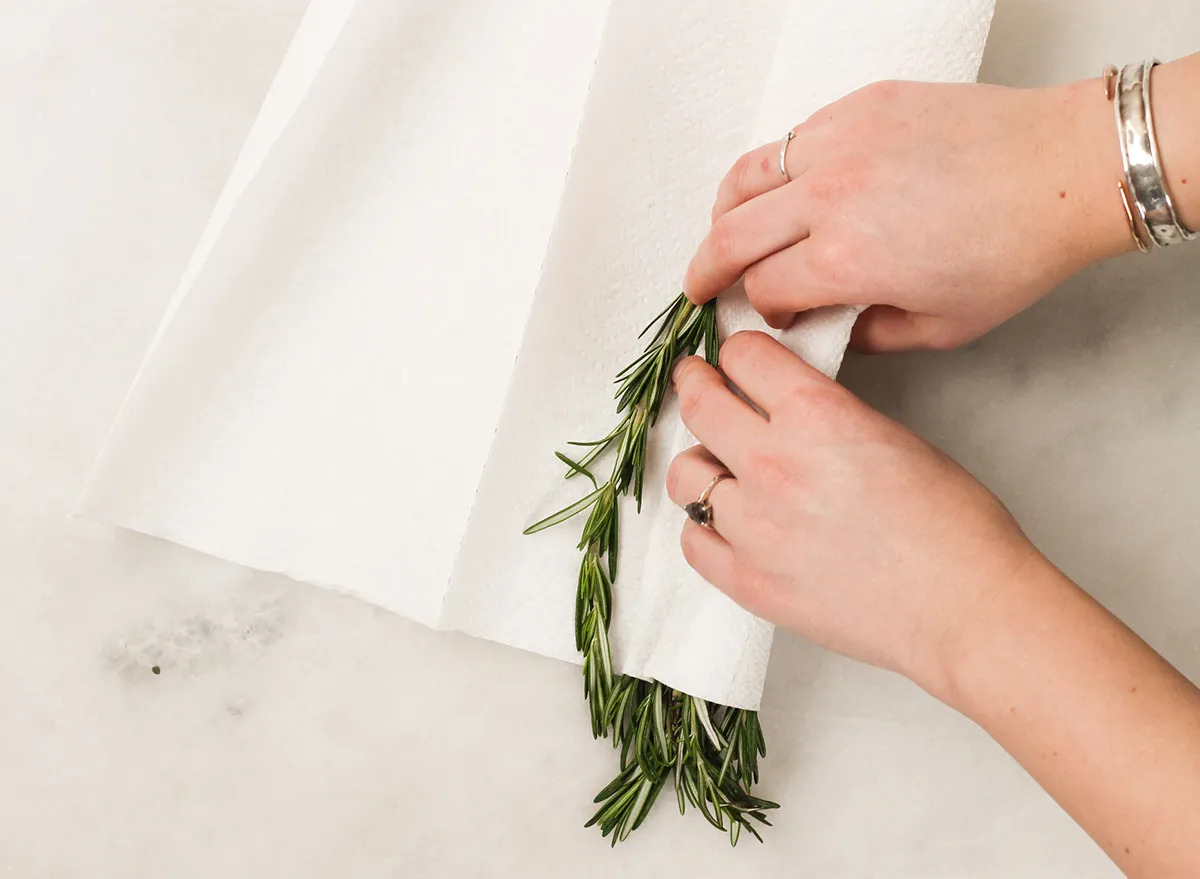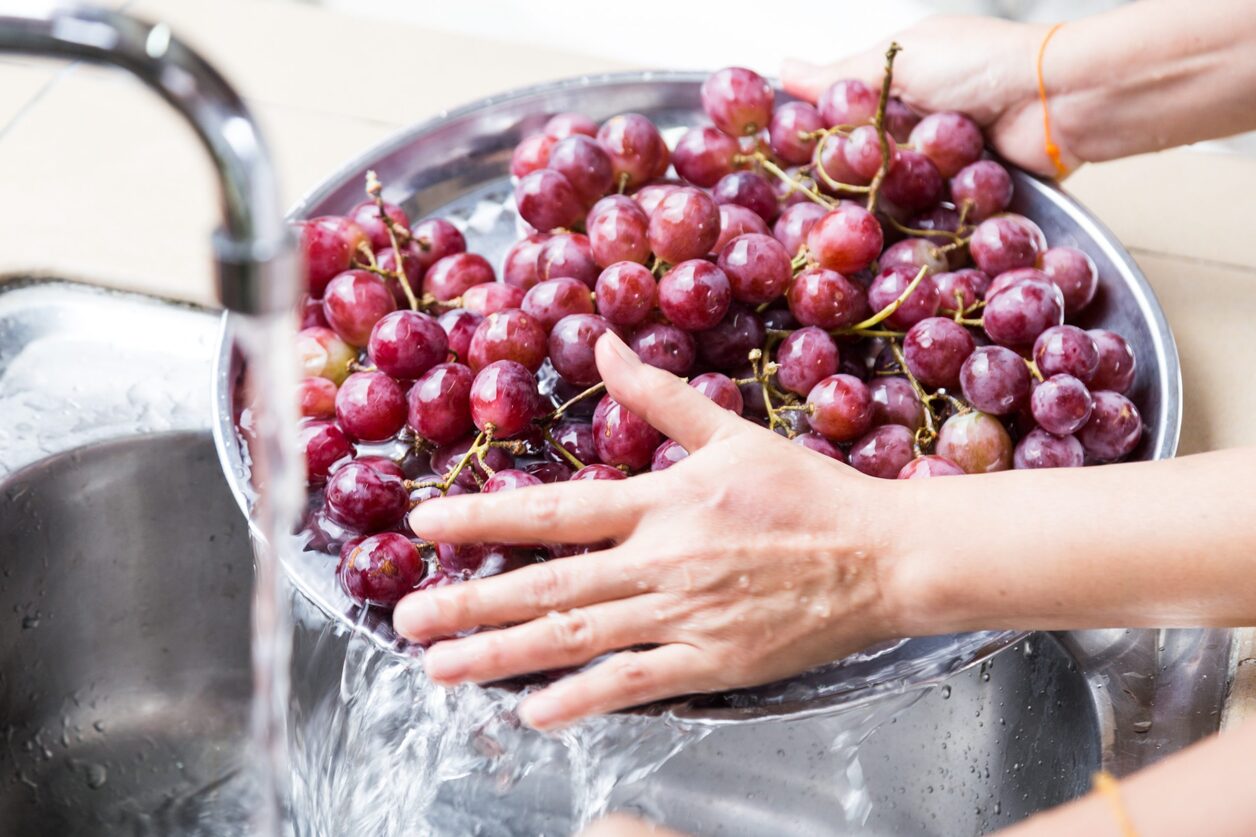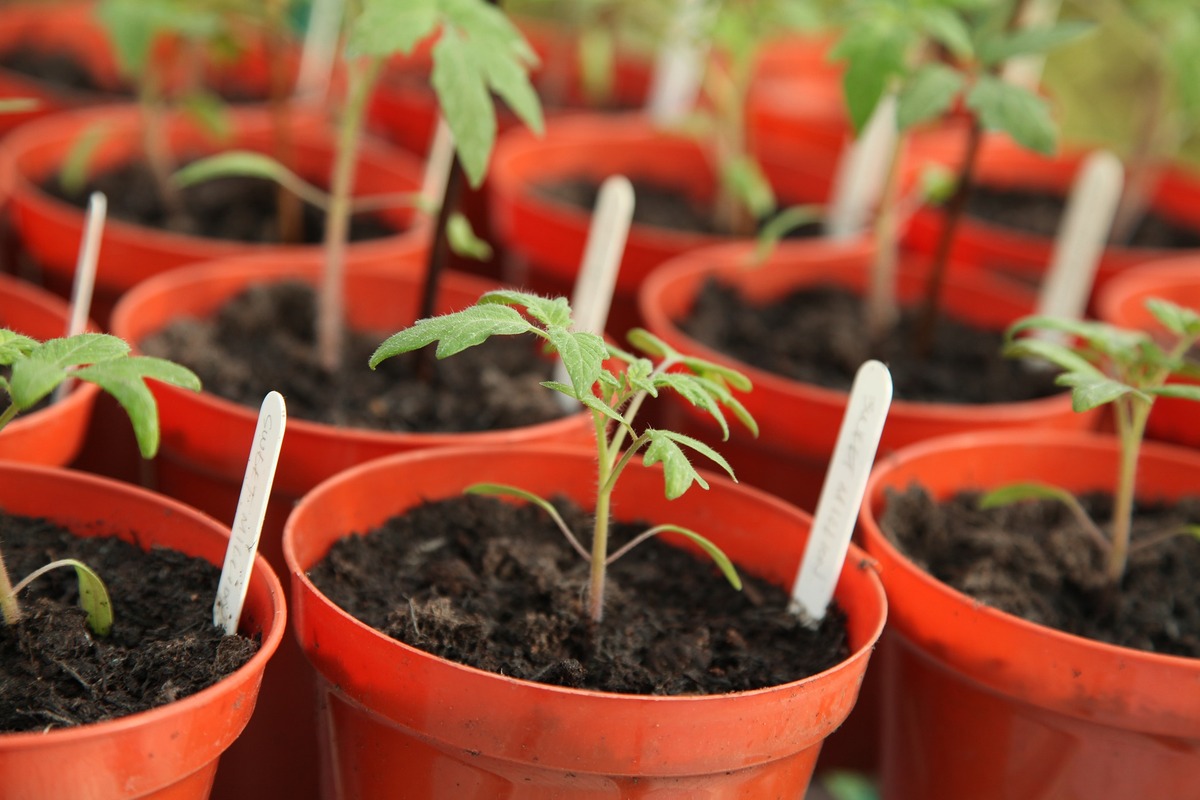Home>Gardening Techniques>Plant Care>How To Keep Birds Off Sunflowers
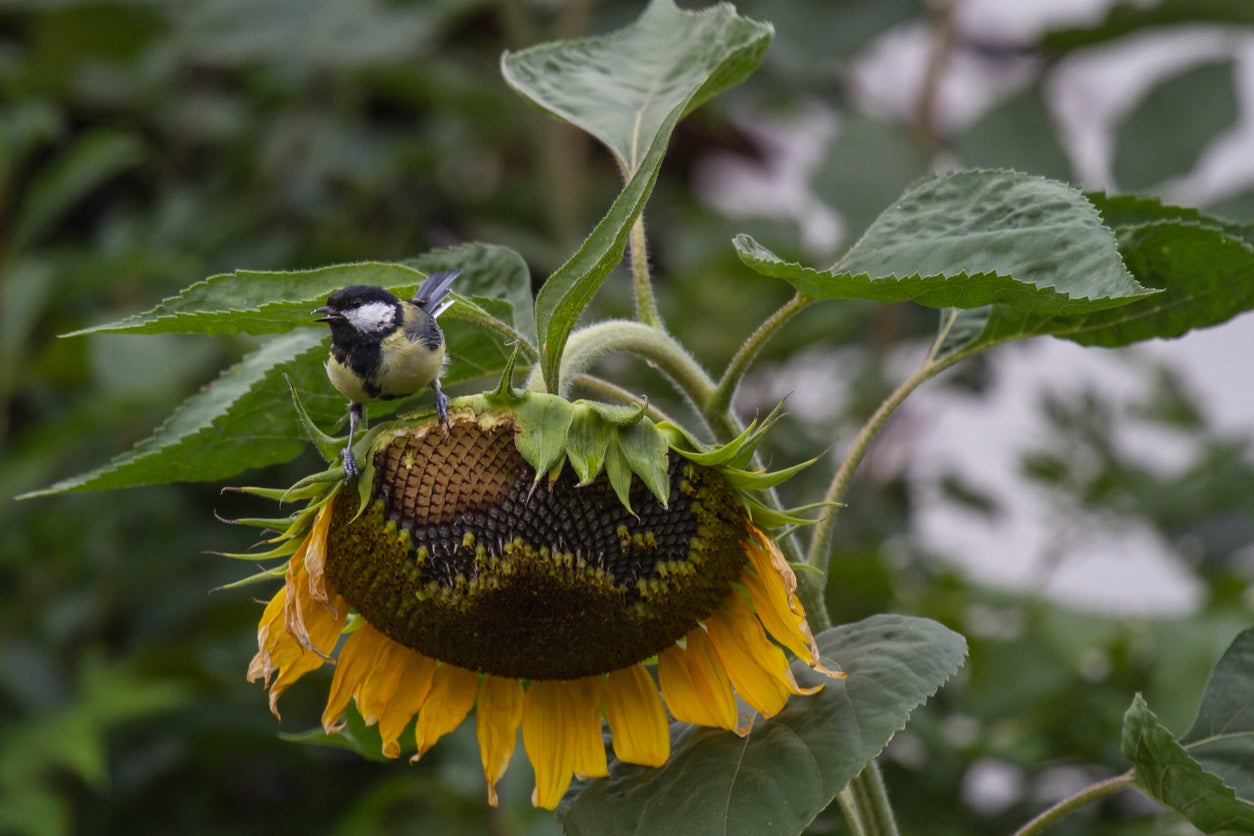

Plant Care
How To Keep Birds Off Sunflowers
Modified: January 22, 2024
Learn effective plant care techniques to keep birds off your sunflowers. Find out how to protect your sunflower plants from bird damage and enjoy a beautiful, bird-free garden.
(Many of the links in this article redirect to a specific reviewed product. Your purchase of these products through affiliate links helps to generate commission for Chicagolandgardening.com, at no extra cost. Learn more)
Table of Contents
Introduction
Welcome to the fascinating world of sunflowers! These vibrant, tall flowers have captured the hearts of gardeners and nature enthusiasts alike. Not only do they add a burst of color to any garden, but they also provide a haven for bees, butterflies, and various beneficial insects. However, there is one group of creatures that can pose a problem when it comes to sunflowers – birds.
Birds are naturally drawn to the seeds and flowers of sunflowers. While their presence may add a touch of liveliness to your garden, they can also cause damage by pecking at the petals and consuming the seeds. As a sunflower enthusiast, it is important to find effective methods to keep these beautiful yet pesky creatures from wreaking havoc on your plants.
In this article, we will explore various methods and strategies for keeping birds off your sunflowers. It is essential to strike a balance between protecting your plants and preserving the natural beauty and functionality of your garden. By implementing some of these techniques, you can create a harmonious environment that allows both birds and sunflowers to coexist in harmony.
Why birds are a problem
While birds are undoubtedly delightful creatures that bring joy to our surroundings, they can become a problem when it comes to sunflowers. Here are a few reasons why birds can be a challenge:
- Seed consumption: Birds are naturally attracted to the seeds of sunflowers. They are equipped with sharp beaks that allow them to crack open the seed shells and devour the nutritious contents inside. This can lead to a significant loss of seeds, which can be especially frustrating if you’re growing sunflowers for their seeds.
- Petals and bud damage: Certain bird species, such as sparrows and finches, have a tendency to peck at sunflower petals, causing aesthetic damage. This can be disheartening, especially if you’re growing sunflowers for their beauty or for use in floral arrangements.
- Stunted growth: Continuous pecking and feeding by birds can disrupt the growth cycle of sunflowers. This can result in stunted growth, smaller flower heads, and overall reduced vigor of the plants.
- Attracting more birds: When birds find a food source, such as your sunflowers, they may return and attract other birds to join in the feast. This can lead to a significant increase in bird activity in your garden, potentially causing damage to a wider range of plants and leading to an imbalance in your garden ecosystem.
It is important to address these issues and find effective ways to deter birds from damaging your sunflowers. By implementing strategic measures, you can mitigate the damage caused by birds and create an environment that supports healthy sunflower growth.
Methods for keeping birds off sunflowers
Now that we understand why birds can be a problem for sunflowers, let’s explore some effective methods for keeping them at bay. By implementing a combination of these strategies, you can protect your sunflowers and enjoy their full beauty and benefits:
- Physical deterrents: These involve the use of physical barriers or structures to prevent birds from accessing the sunflowers. Options include placing floating row covers over the plants, installing bird netting around them, or using scare devices like pinwheels or reflective tape to create a visual barrier.
- Visual deterrents: Birds are often scared off by objects or shapes that they perceive as threats. Hanging shiny objects, such as CDs or aluminum foil strips, near the sunflowers can help deter them. Another effective visual deterrent is installing fake predators, like owl or hawk decoys, to create a sense of danger for the birds.
- Auditory deterrents: Sounds that mimic a bird’s distress call or predator noises can discourage them from approaching your sunflowers. Wind chimes, recordings of bird distress calls, or even a strategically placed radio playing at a low volume can help deter birds from your garden.
- Taste deterrents: Birds have taste preferences, and certain substances can deter them from feeding on sunflowers. Spraying a bitter or spicy solution on the plants, such as chili pepper or garlic spray, can make the sunflowers less appealing to birds. However, be cautious when using taste deterrents to ensure they won’t harm beneficial insects or other wildlife.
- Netting and fencing: Creating a physical barrier around the sunflowers using bird netting or installing a fence around your garden can be an effective long-term solution. Ensure that the netting or fencing is properly secured to prevent birds from accessing the sunflowers and other plants.
Remember to regularly monitor and adjust your bird deterrence methods as needed. Birds may become accustomed to certain tactics over time, so it’s important to switch up techniques to maintain their effectiveness. By employing a combination of these tactics, you can ensure that your sunflowers remain protected from the pesky presence of birds.
Physical deterrents
Physical deterrents involve the use of physical barriers or structures to prevent birds from accessing your sunflowers. These methods create a physical obstacle that makes it difficult for birds to land on or reach the plants. Here are some effective physical deterrents for keeping birds off your sunflowers:
- Floating row covers: This method involves placing lightweight, breathable fabric over the sunflowers, creating a barrier that keeps birds away. The cover allows sunlight and water to reach the plants while preventing birds from landing on them. Ensure that the cover is properly secured to prevent it from blowing away.
- Bird netting: Using bird netting is an excellent way to protect your sunflowers from bird damage. Secure the netting tightly around the sunflowers, ensuring that there are no gaps where birds can enter. Be mindful of the height of the netting to allow the sunflowers room for growth without getting entangled. Regularly check the netting for any holes or damage.
- Scare devices: Installing scare devices can help keep birds at a distance. One effective option is using pinwheels or reflective tape placed near the sunflowers. The movement and reflective surfaces can frighten birds and discourage them from landing. Remember to regularly change the location or arrangement of these devices to prevent birds from getting used to them.
- Physical barriers: Constructing physical barriers around your sunflowers can provide excellent protection. A simple and cost-effective method is creating a cage around the plants using stakes and chicken wire. Ensure that the cage is tall enough to accommodate the height of the sunflowers and securely anchor it to the ground.
When implementing physical deterrents, it’s crucial to strike a balance between protecting your sunflowers and allowing for their natural growth and development. Regularly inspect the deterrents to ensure they remain properly in place and make adjustments as needed. By using these physical barriers, you can effectively discourage birds from accessing your sunflowers and minimize the risk of damage.
Visual deterrents
Visual deterrents play on birds’ instinctual fear of predators or objects that they perceive as threats. By utilizing visual deterrents, you can create an environment that makes birds think twice about approaching your sunflowers. Here are some effective visual deterrents for keeping birds at bay:
- Shiny objects: Birds are often frightened by reflective surfaces. Hanging objects such as CDs, aluminum foil strips, or old shiny CDs near your sunflowers can create flashes of light that deter birds from landing. The movement and shine of these objects can create a sense of danger, keeping the birds away.
- Predator decoys: Birds are naturally wary of predators. Placing decoys like owl or hawk statues near your sunflowers can create the illusion of a predator’s presence. Birds will be less likely to approach the area, as they perceive it as a potential danger zone.
- Colorful flags or ribbons: Vibrant, fluttering flags or ribbons can create visual distractions that deter birds from landing on or near your sunflowers. The movement of these colorful objects mimics the appearance of danger, making birds reluctant to approach.
- Scarecrows: The age-old scarecrow technique remains an effective visual deterrent. Install a scarecrow near your sunflowers, dressing it in bright clothing and positioning it in a way that it appears to be actively guarding the plants. Regularly change the position and outfit of the scarecrow to maintain its effectiveness.
When using visual deterrents, it’s important to periodically reposition the objects to prevent birds from becoming accustomed to them. Birds are intelligent creatures and can quickly adapt to stationary threats. By regularly changing the location, appearance, or movement of visual deterrents, you increase their effectiveness in keeping birds away from your sunflowers. Experiment with different visual deterrents to find the combination that works best for your garden’s specific bird challenges.
Auditory deterrents
Auditory deterrents can be highly effective in deterring birds from approaching your sunflowers. By using sounds that mimic bird distress calls or predator noises, you can create an environment that birds perceive as unsafe, leading them to avoid your garden. Here are a few auditory deterrents to consider:
- Wind chimes: Hanging wind chimes near your sunflowers can create a gentle, soothing sound. However, in the case of deterring birds, choose wind chimes that produce a louder, more metallic sound. The unfamiliar noise can disorient or intimidate birds, keeping them away from your sunflowers.
- Bird distress call recordings: Play recordings of bird distress calls in your garden. These distress calls signal danger to other birds, causing them to stay away and avoid the source of potential harm. Place speakers strategically around your sunflower patch and play the recordings intermittently to create a sense of danger for the birds.
- Radio or music: Playing a low volume of talk radio or music in your garden can help deter birds. The human voices or music interfere with their communication, making them feel less secure in your garden. Adjust the volume and type of audio to ensure it doesn’t disturb you or your neighbors while effectively keeping birds away.
It’s important to note that prolonged exposure to the same sounds can cause birds to become accustomed to them, reducing their effectiveness. Vary the auditory deterrents periodically to maintain their impact. Additionally, be mindful of not excessively disturbing the peace and quiet of your surroundings with loud noises. Auditory deterrents work best when combined with other methods, creating a multi-layered approach to keep birds off your sunflowers.
Taste deterrents
Taste deterrents are an effective way to discourage birds from feeding on your sunflowers by making them unappealing or unpleasant to consume. By applying substances with bitter or spicy flavors to the plants, you can deter birds from damaging your sunflowers. Here are some taste deterrent options to consider:
- Bitter sprays: Spray products that contain bitter compounds, such as denatonium benzoate or bitrex, on the leaves and stems of your sunflowers. The strong bitter taste discourages birds from pecking at the plants. Ensure that the spray is safe for your sunflowers and won’t harm other beneficial insects or wildlife in your garden.
- Spicy solutions: Birds are sensitive to spicy flavors. Create a homemade spray by mixing water with a small amount of hot sauce or crushed red pepper flakes. Apply the solution to your sunflowers, focusing on the leaves and flower heads. The spicy taste will make the sunflowers unappealing to birds, reducing the chances of them feeding on your plants.
- Garlic or onion sprays: Create a natural deterrent by making a garlic or onion spray. Blend garlic cloves or onion bulbs with water and strain the mixture. Spray the resulting solution onto your sunflowers to create an unpleasant taste for birds. Be cautious with the concentration to avoid damaging or burning your plants.
While taste deterrents can be effective in discouraging birds, it’s essential to keep in mind that some creatures may be more resistant to the taste than others. It’s also crucial to avoid applying taste deterrents to sunflowers that you are planning to harvest for consumption, as the flavors may transfer to the seeds or other parts of the plant.
Always read and follow the instructions on commercial products or conduct thorough research before using any taste deterrents to ensure they are safe for your sunflowers and the surrounding environment.
Netting and fencing
Netting and fencing are reliable long-term solutions for keeping birds away from your sunflowers. They provide a physical barrier that prevents birds from accessing the plants and causing damage. Here are some considerations when using netting and fencing:
- Bird netting: Secure bird netting tightly around your sunflowers, creating a physical barrier that prevents birds from reaching the plants. Choose a netting with small mesh size to prevent birds from getting tangled or trapped. Ensure that the netting is properly anchored and doesn’t have any gaps that birds can squeeze through.
- Fencing: Install a fence around your garden or sunflower patch to keep birds out. Choose a sturdy and tall fencing material such as chicken wire or hardware cloth. Dig the fencing deep into the ground to prevent birds from burrowing underneath. Make sure the fence is tall enough to accommodate the full height of your sunflowers.
- Support structures: Consider using support structures such as trellises or stakes to train your sunflowers to grow vertically. By keeping the sunflowers upright, you can better cover them with netting or enclose them within a fenced area. This helps to prevent birds from accessing the flowers and seeds.
When using netting or fencing, it’s important to regularly inspect and maintain the structures. Check for any loose areas or gaps that birds can exploit. Ensure that the netting or fencing doesn’t accidentally trap or harm other wildlife, such as beneficial insects or small animals.
While netting and fencing provide effective protection, they may require more effort in terms of installation and maintenance. However, they offer a reliable barrier that keeps birds at a distance, allowing your sunflowers to grow and thrive without interference.
Conclusion
Keeping birds off your sunflowers requires a combination of strategies that deter them from causing damage while preserving the beauty and vitality of your garden. By implementing physical, visual, auditory, taste, and netting/fencing deterrents, you can create an environment that discourages birds from approaching your sunflowers.
Physical deterrents such as floating row covers, bird netting, scare devices, and physical barriers create obstacles that prevent birds from accessing the plants. Visual deterrents like shiny objects, predator decoys, and colorful flags or ribbons tap into birds’ instinctual fear, making them hesitate to land on or near the sunflowers. Auditory deterrents like wind chimes, bird distress call recordings, or playing low-volume audio can create an atmosphere that birds perceive as unsafe. Taste deterrents involving bitter or spicy sprays can make sunflowers unappetizing to birds. Finally, netting and fencing provide long-term protection, creating physical barriers that keep birds away from your sunflowers.
Remember to regularly monitor and adjust your deterrent methods to ensure their effectiveness. Birds may become accustomed to certain tactics over time, so it’s important to switch up techniques periodically. Experiment with different combinations of deterrents to find what works best for your garden and bird challenges.
By implementing these methods, you can enjoy the vibrant beauty of your sunflowers while minimizing damage caused by avian visitors. Strike a balance between protecting your sunflowers and supporting the presence of birds in your garden, creating a harmonious environment for both plants and animals to coexist.
